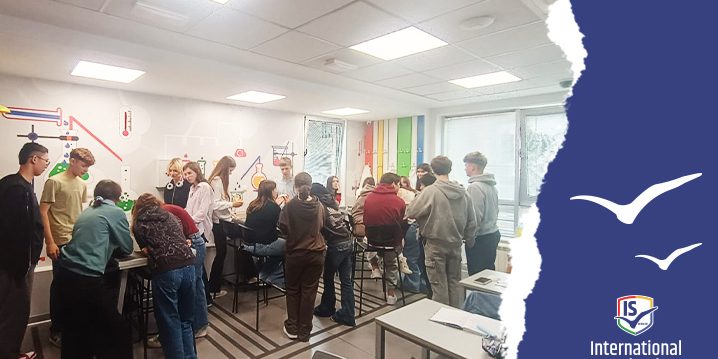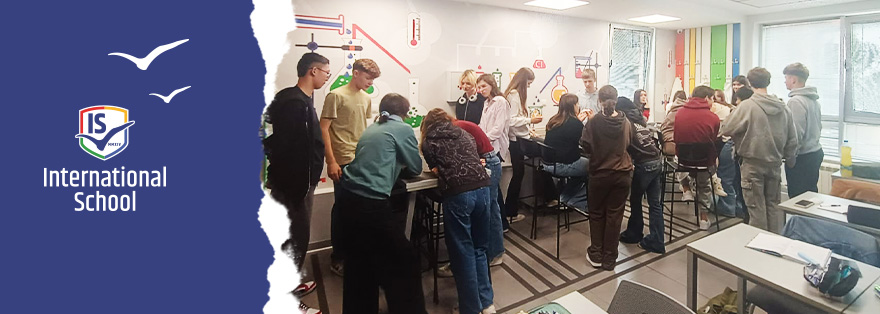Year 10 students recently had an amazing Chemistry lesson with their teacher, Marija Kovački, where science came to life through hands-on exploration.
During the class, students applied the scientific method of paper chromatography to analyse and identify different plant pigments found in various plant species. This engaging experiment gave them the opportunity to see how colours separate and travel at different rates, providing a clear and visual demonstration of how scientists study the chemical composition of plants.
Paper chromatography is more than just a classroom experiment – it serves as an introduction to advanced analytical techniques used in fields such as forensics, environmental science (air and soil quality analyses), and food and drug quality testing.
Practical work like this plays a vital role in the learning process. By working directly in the laboratory, students not only deepen their understanding of chemical concepts but also develop essential skills such as observation, problem-solving, teamwork, and safe laboratory practices. These experiences help them connect theory with real-world applications and prepare them for future academic and professional challenges.
This lesson reminded students that science is not only about textbooks and formulas – it is also about discovery, curiosity, and the excitement of experimenting.





